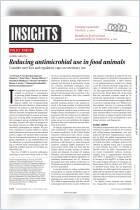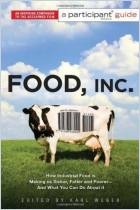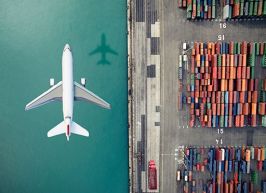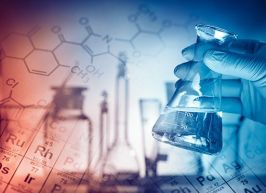Join getAbstract to access the summary!

Join getAbstract to access the summary!
Jason Gale, Lydia Mulvany and Monte Reel
How Antibiotic-Tainted Seafood From China Ends Up on Your Table
You might want to pass on the shrimp cocktail.
Bloomberg Businessweek , 2016
What's inside?
Are you eating antibiotic-tainted shrimp?
Recommendation
Love shrimp? It’s the most popular seafood in the United States, but most of it is imported, and it can be very hard to tell where it originates. As Bloomberg Businessweek reporters Jason Gale, Lydia Mulvany, and Monte Reel explain, some of it comes from antibiotic-contaminated fish farms in China. They paint an alarming picture of ancient Chinese farming practices that combine with modern antibiotic-laced livestock feed to create a potential public health crisis. The authors expose the covert activities of international seafood companies bent on avoiding tariffs and inspection. getAbstract recommends this article to shrimp lovers everywhere.
Summary
About the Authors
Jason Gale is a senior editor at Bloomberg Businessweek, with a special interest in global public health. Lydia Mulvany is a reporter at Bloomberg Businessweek, and Monte Reel is a published author and journalist.




























Comment on this summary